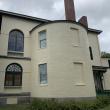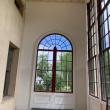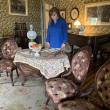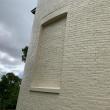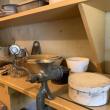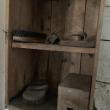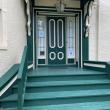Wiscasset’s 1807 Castle Tucker
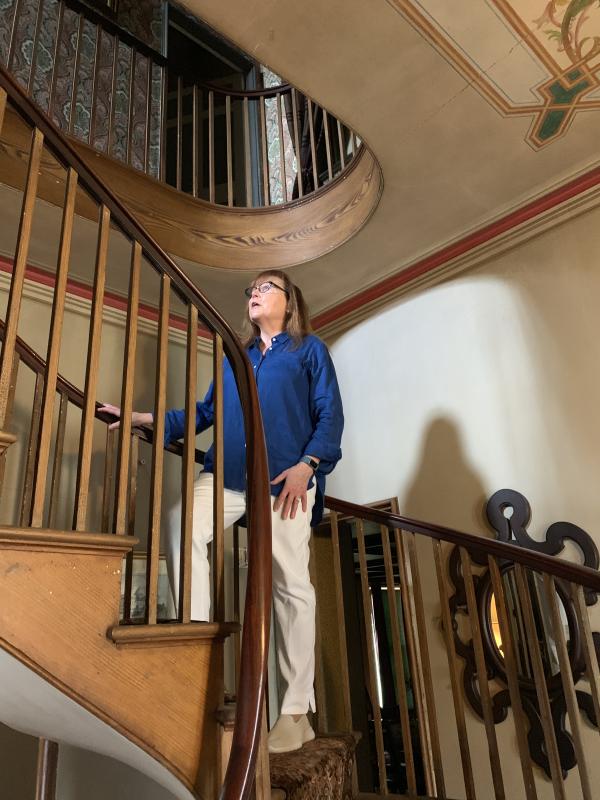 Historic New England’s Midcoast Maine Site Manager Peggy Konitzky, inside Castle Tucker in Wiscasset. SUSAN JOHNS/Wiscasset Newspaper
Historic New England’s Midcoast Maine Site Manager Peggy Konitzky, inside Castle Tucker in Wiscasset. SUSAN JOHNS/Wiscasset Newspaper
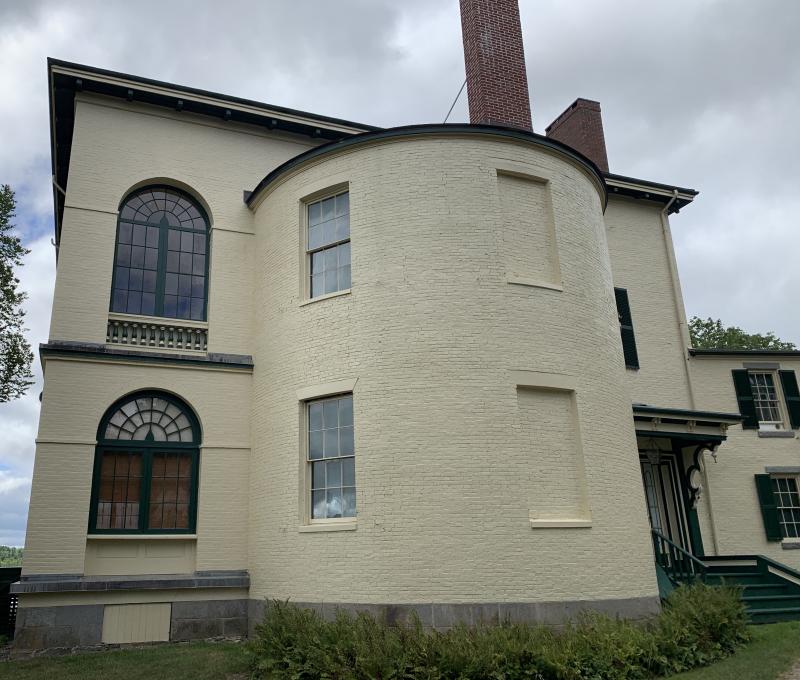 Castle Tucker, Wiscasset. SUSAN JOHNS/Wiscasset Newspaper
Castle Tucker, Wiscasset. SUSAN JOHNS/Wiscasset Newspaper
 Longtime Castle Tucker tour guide Jane Blanchard of Boothbay Harbor. SUSAN JOHNS/Wiscasset Newspaper
Longtime Castle Tucker tour guide Jane Blanchard of Boothbay Harbor. SUSAN JOHNS/Wiscasset Newspaper
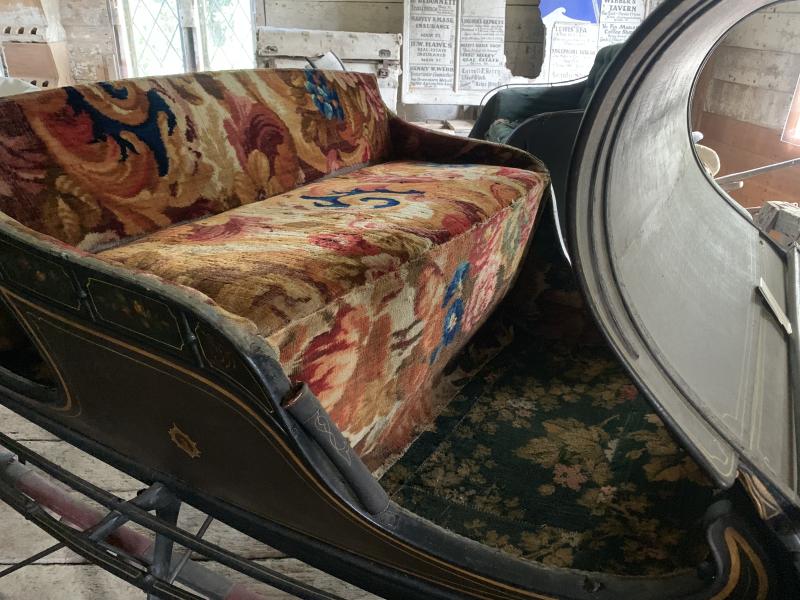 One of the Tuckers’ carriages that remain in the barn. SUSAN JOHNS/Wiscasset Newspaper
One of the Tuckers’ carriages that remain in the barn. SUSAN JOHNS/Wiscasset Newspaper
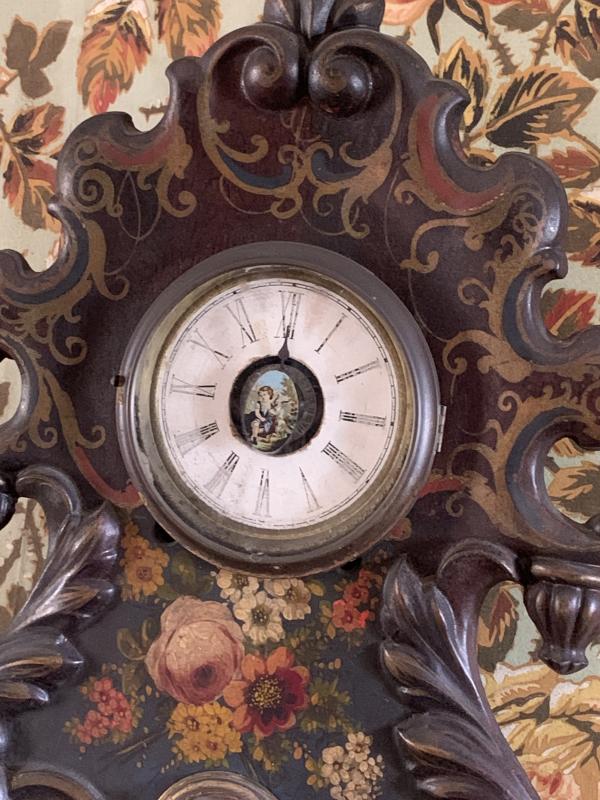 A Tucker child put this sticker on this clock face. SUSAN JOHNS/Wiscasset Newspaper
A Tucker child put this sticker on this clock face. SUSAN JOHNS/Wiscasset Newspaper
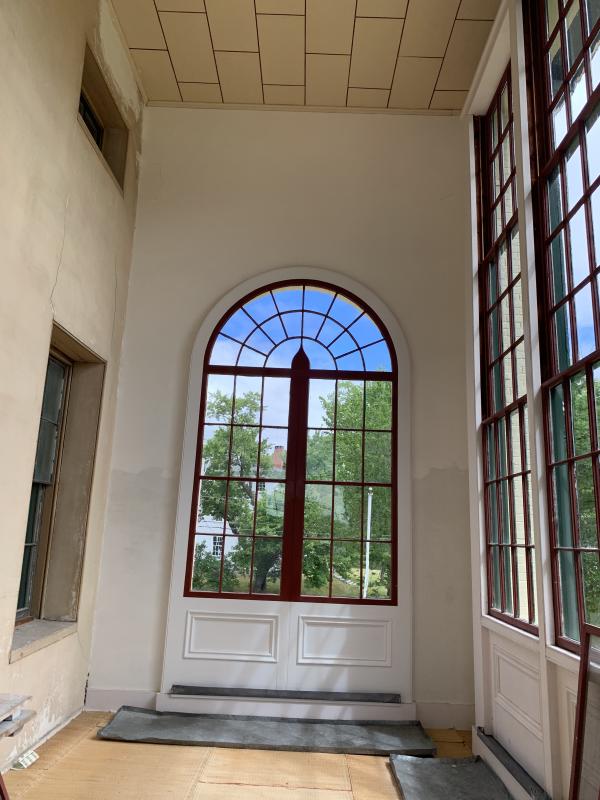 Richard and Mollie Tucker added this piazza. SUSAN JOHNS/Wiscasset Newspaper
Richard and Mollie Tucker added this piazza. SUSAN JOHNS/Wiscasset Newspaper
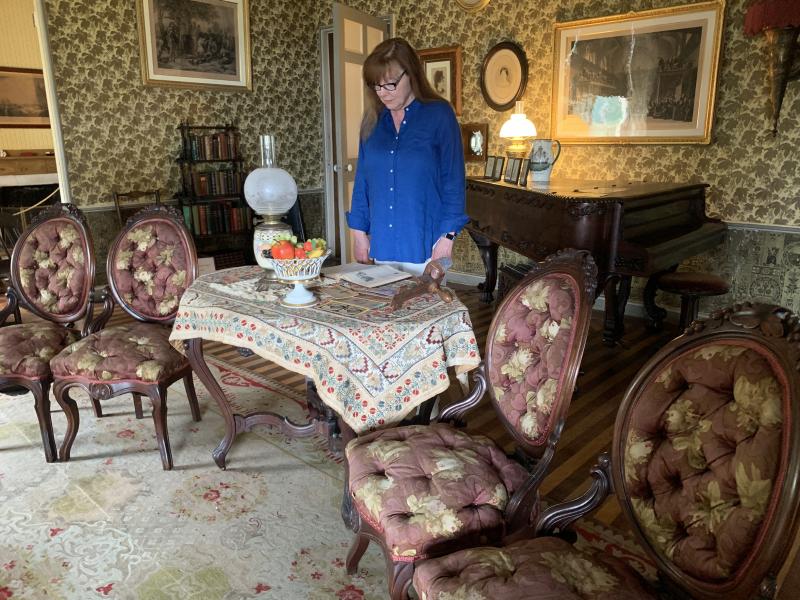 Konitzky said Tucker family belongings are all around Castle Tucker. SUSAN JOHNS/Wiscasset Newspaper
Konitzky said Tucker family belongings are all around Castle Tucker. SUSAN JOHNS/Wiscasset Newspaper
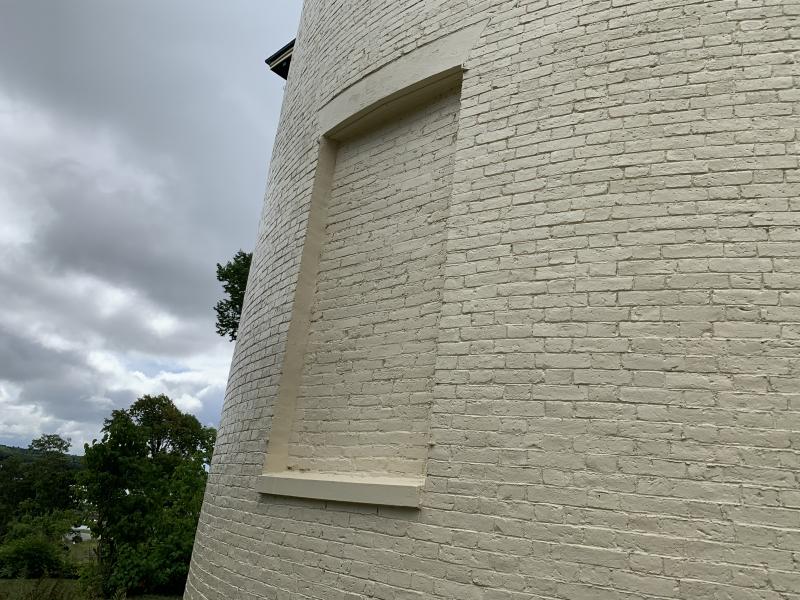 This window was bricked up mid-1800s. SUSAN JOHNS/Wiscasset Newspaper
This window was bricked up mid-1800s. SUSAN JOHNS/Wiscasset Newspaper
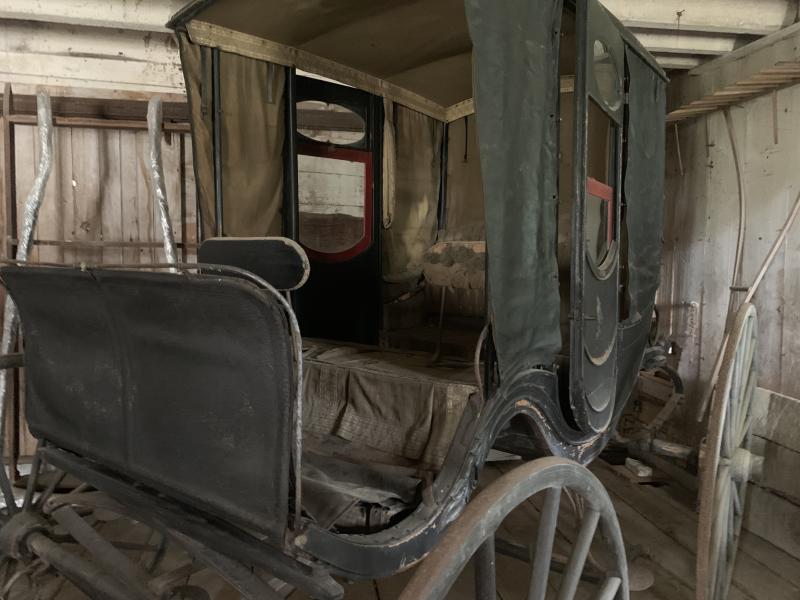 A Tucker carriage in the barn. SUSAN JOHNS/Wiscasset Newspaper
A Tucker carriage in the barn. SUSAN JOHNS/Wiscasset Newspaper
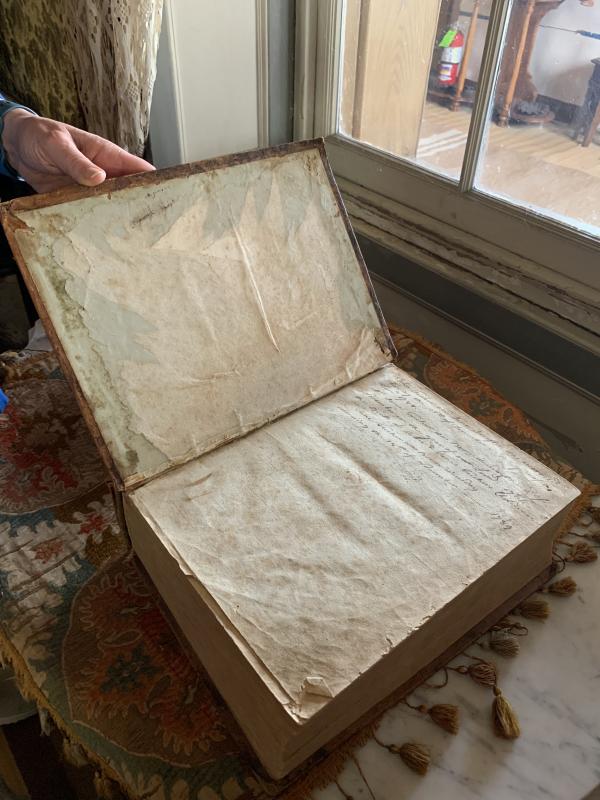 Late 1700s bible. SUSAN JOHNS/Wiscasset Newspaper
Late 1700s bible. SUSAN JOHNS/Wiscasset Newspaper
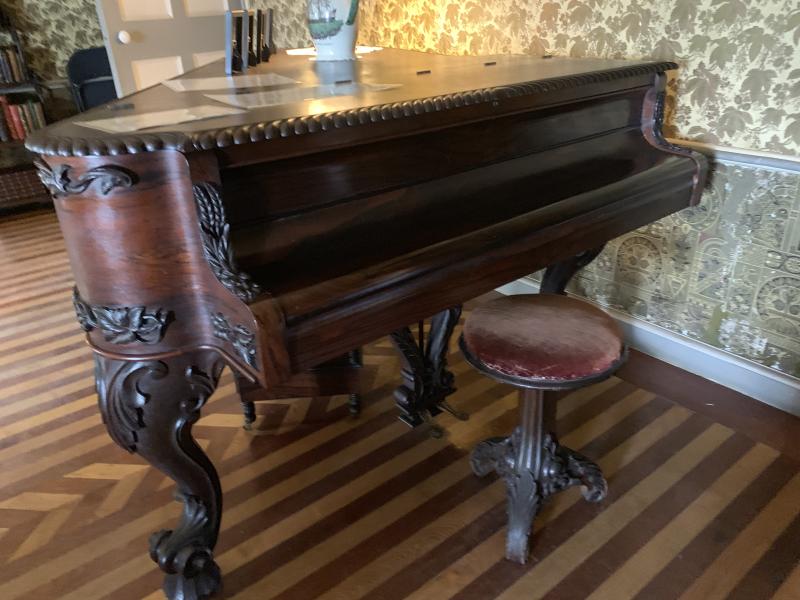 SUSAN JOHNS/Wiscasset Newspaper
SUSAN JOHNS/Wiscasset Newspaper
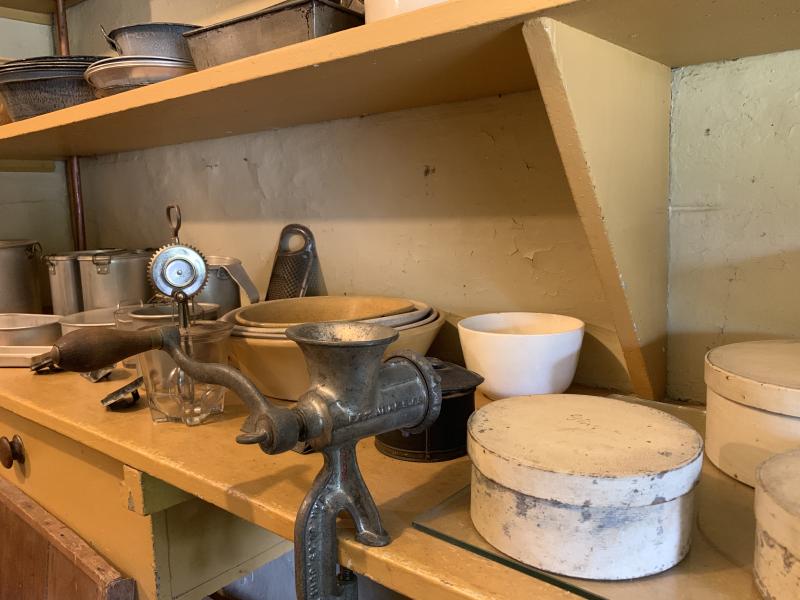 Tucker items. SUSAN JOHNS/Wiscasset Newspaper
Tucker items. SUSAN JOHNS/Wiscasset Newspaper
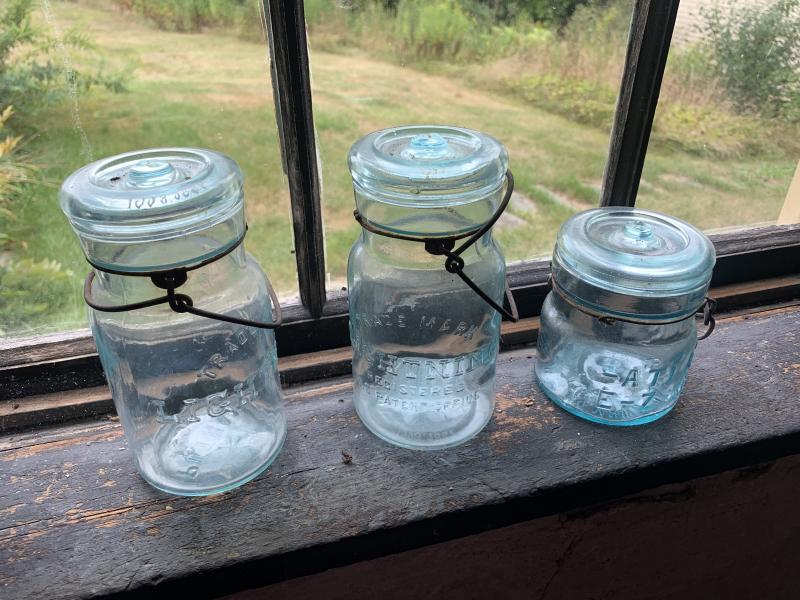 Tucker items. SUSAN JOHNS/Wiscasset Newspaper
Tucker items. SUSAN JOHNS/Wiscasset Newspaper
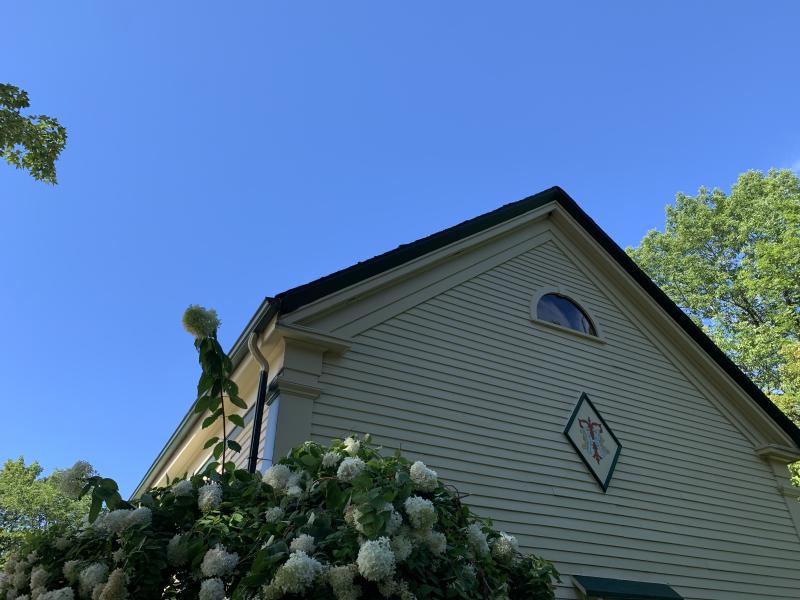 SUSAN JOHNS/Wiscasset Newspaper
SUSAN JOHNS/Wiscasset Newspaper
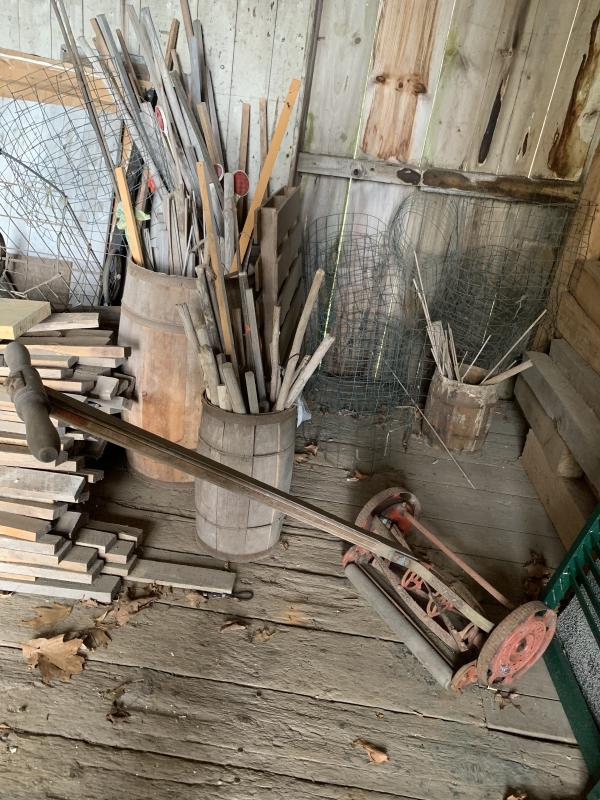 SUSAN JOHNS/Wiscasset Newspaper
SUSAN JOHNS/Wiscasset Newspaper
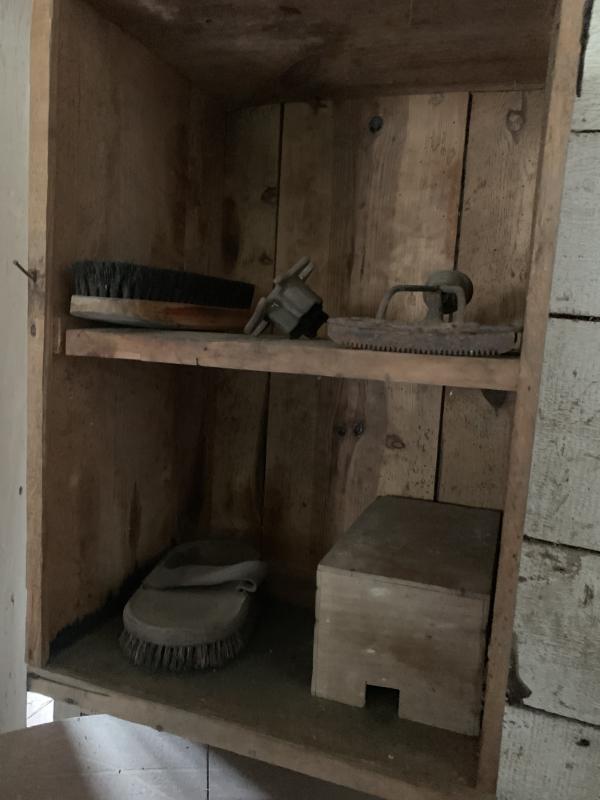 SUSAN JOHNS/Wiscasset Newspaper
SUSAN JOHNS/Wiscasset Newspaper
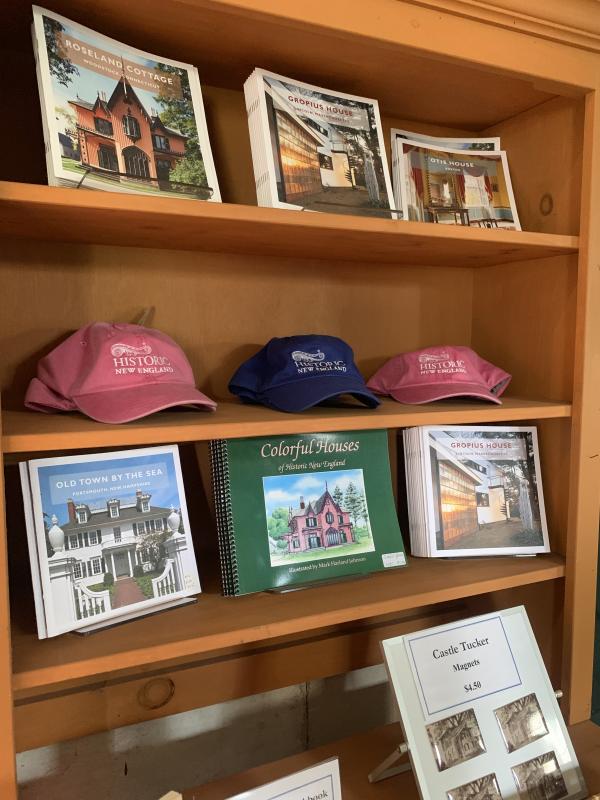 Gift shop. SUSAN JOHNS/Wiscasset Newspaper
Gift shop. SUSAN JOHNS/Wiscasset Newspaper
 SUSAN JOHNS/Wiscasset Newspaper
SUSAN JOHNS/Wiscasset Newspaper
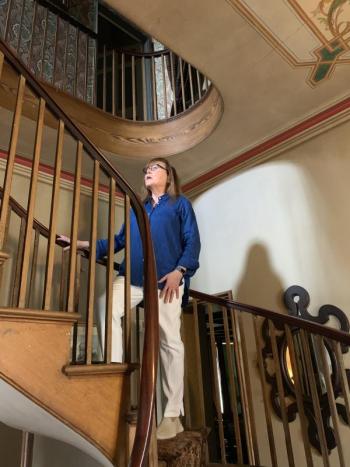 Historic New England’s Midcoast Maine Site Manager Peggy Konitzky, inside Castle Tucker in Wiscasset. SUSAN JOHNS/Wiscasset Newspaper
Historic New England’s Midcoast Maine Site Manager Peggy Konitzky, inside Castle Tucker in Wiscasset. SUSAN JOHNS/Wiscasset Newspaper
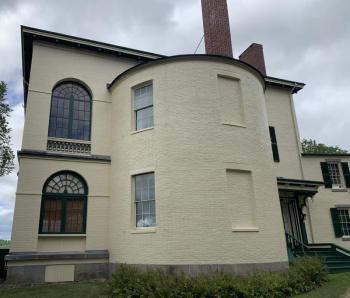 Castle Tucker, Wiscasset. SUSAN JOHNS/Wiscasset Newspaper
Castle Tucker, Wiscasset. SUSAN JOHNS/Wiscasset Newspaper
 Longtime Castle Tucker tour guide Jane Blanchard of Boothbay Harbor. SUSAN JOHNS/Wiscasset Newspaper
Longtime Castle Tucker tour guide Jane Blanchard of Boothbay Harbor. SUSAN JOHNS/Wiscasset Newspaper
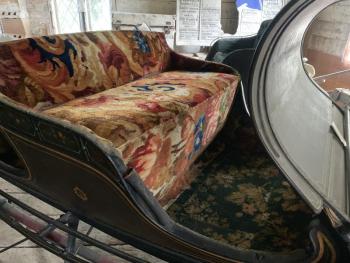 One of the Tuckers’ carriages that remain in the barn. SUSAN JOHNS/Wiscasset Newspaper
One of the Tuckers’ carriages that remain in the barn. SUSAN JOHNS/Wiscasset Newspaper
 A Tucker child put this sticker on this clock face. SUSAN JOHNS/Wiscasset Newspaper
A Tucker child put this sticker on this clock face. SUSAN JOHNS/Wiscasset Newspaper
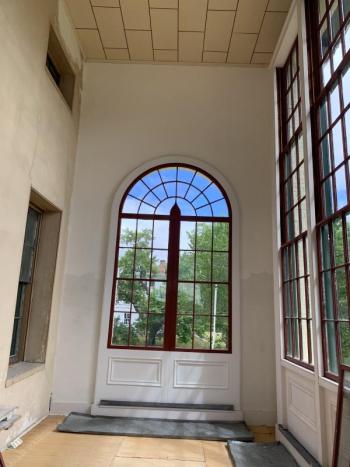 Richard and Mollie Tucker added this piazza. SUSAN JOHNS/Wiscasset Newspaper
Richard and Mollie Tucker added this piazza. SUSAN JOHNS/Wiscasset Newspaper
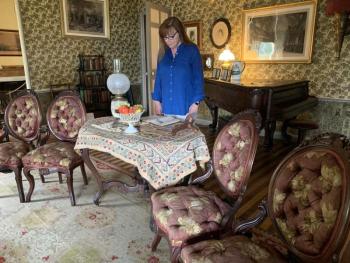 Konitzky said Tucker family belongings are all around Castle Tucker. SUSAN JOHNS/Wiscasset Newspaper
Konitzky said Tucker family belongings are all around Castle Tucker. SUSAN JOHNS/Wiscasset Newspaper
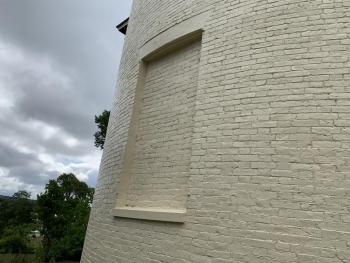 This window was bricked up mid-1800s. SUSAN JOHNS/Wiscasset Newspaper
This window was bricked up mid-1800s. SUSAN JOHNS/Wiscasset Newspaper
 A Tucker carriage in the barn. SUSAN JOHNS/Wiscasset Newspaper
A Tucker carriage in the barn. SUSAN JOHNS/Wiscasset Newspaper
 Late 1700s bible. SUSAN JOHNS/Wiscasset Newspaper
Late 1700s bible. SUSAN JOHNS/Wiscasset Newspaper
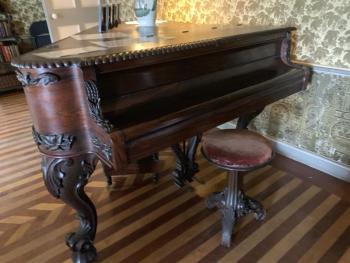 SUSAN JOHNS/Wiscasset Newspaper
SUSAN JOHNS/Wiscasset Newspaper
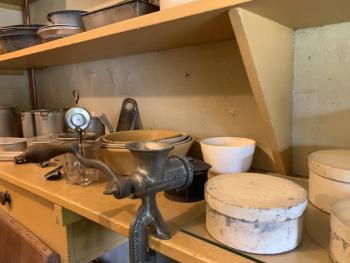 Tucker items. SUSAN JOHNS/Wiscasset Newspaper
Tucker items. SUSAN JOHNS/Wiscasset Newspaper
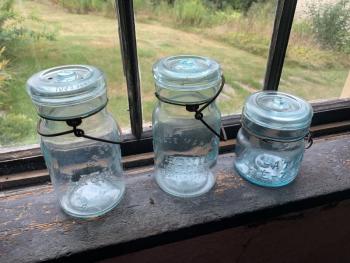 Tucker items. SUSAN JOHNS/Wiscasset Newspaper
Tucker items. SUSAN JOHNS/Wiscasset Newspaper
 SUSAN JOHNS/Wiscasset Newspaper
SUSAN JOHNS/Wiscasset Newspaper
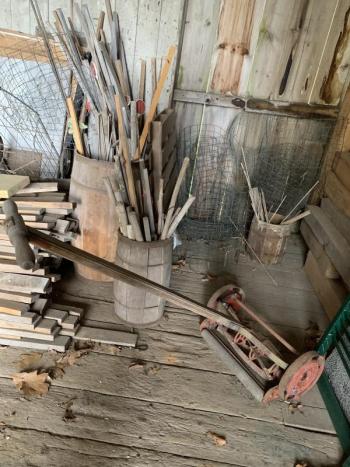 SUSAN JOHNS/Wiscasset Newspaper
SUSAN JOHNS/Wiscasset Newspaper
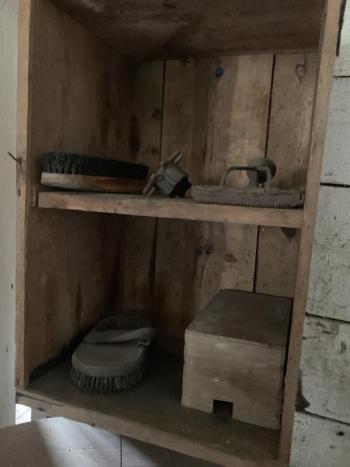 SUSAN JOHNS/Wiscasset Newspaper
SUSAN JOHNS/Wiscasset Newspaper
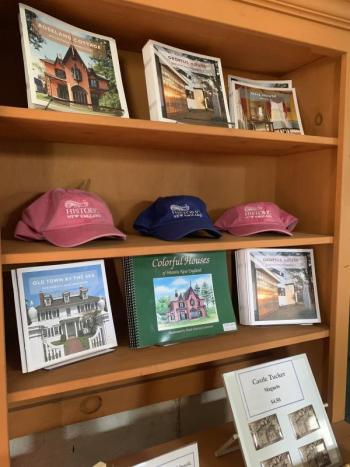 Gift shop. SUSAN JOHNS/Wiscasset Newspaper
Gift shop. SUSAN JOHNS/Wiscasset Newspaper
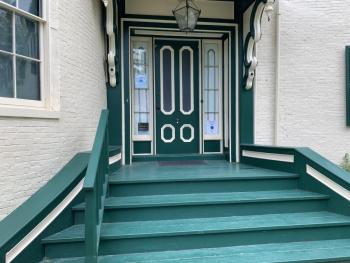 SUSAN JOHNS/Wiscasset Newspaper
SUSAN JOHNS/Wiscasset Newspaper
Castle Tucker was Silas Lee’s dream house, on land he spent 15 years piecing together from “teeny” properties he bought up, owner Historic New England’s Midcoast Maine Site Manager Peggy Konitzky said.
So why is it not Castle Lee? Showing Boothbay Register/Wiscasset Newspaper around, Konitzky explained, for one thing, Lee called it Elm Lawn, for all the elms, which later died. The current name dates to early 20th century, when Jenny Tucker, daughter of Captain Richard and Mollie Tucker, was trying to attract paying guests in the summer. She heard a local call it Tucker Castle. “And she’s like, ‘Oh! I can use this!’ and she switches the words around and starts referring to it as Castle Tucker. So it was a marketing idea.”
Konitzy explained, Richard Tucker was elderly by then, and Mollie, 26 years younger than he, was the daughter of a Gardiner hotelier and she decided to start taking paying guests. Jenny, who worked for a New York import-export firm, added to the home’s decor a number of Japanese touches, “when everything Japanese was the height of fashion,” Konitzky said.
Tucker family belongings are all around, from the papier-mâché cat in the kitchen, to the carriages in the barn and the stickers a Tucker son put all around. Konitzky still finds more of those stickers he placed.
Castle Tucker is a mix of architectural styles – Federal with the square core, the rounded bow ends, “not so much,” Konitzky noted, laughing.
“Unfortunately, we’ve never been able to find a collection of Silas Lee papers, so we really don’t know why he made the choices he did.” She said Lee was in Congress when Thomas Jefferson (Monticello) and Christopher Gore (Gore Place) were. “So in that context, you can see where (Lee) might have gotten the idea.”
Some windows were bricked up in the 1850s, when entrepreneur Franklin Clark owned the home and, by then, the original, central chimney system was starting to fail, Konitzky said. So Clark moved the chimneys to the outside of the home’s bow ends, “which was a bad decision on so many levels: It made all the rooms of the house dark,” and the chimneys lost so much heat to the outside, I honestly don’t think the Tuckers could have been warm in this house, ever.”
Clark was having all sorts of work done on the home, but was having money troubles, maybe because at the same time, he and his son were building another eventual Wiscasset landmark, The Ledges, she said. The bank foreclosed on Clark’s house, and Captain Richard Tucker “got a really good deal,” Konitzky said. He and wife Mollie moved in in 1858, moved the entrance from the Sheepscot River side to the street side and added a piazza and a barn, which still has the family’s carriages. The parts the Tuckers added to the home were Victorian.




















